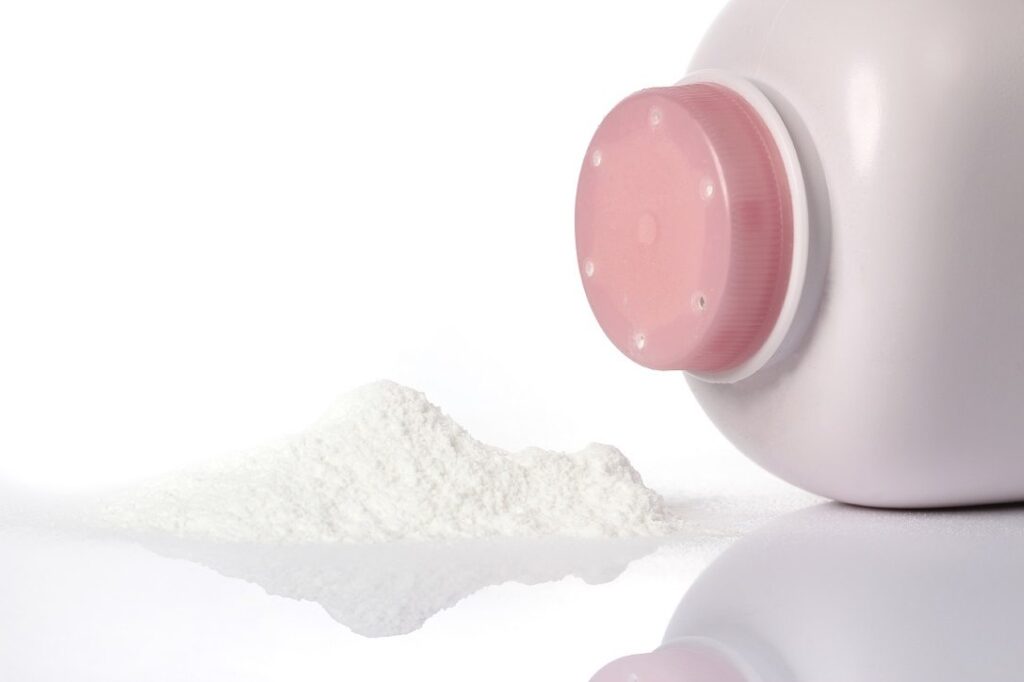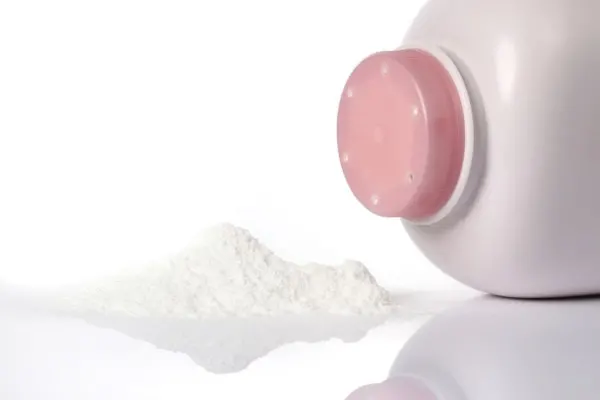Talcum powder has been a household staple trusted by millions of women for daily hygiene. But mounting research and courtroom testimony have revealed that long-term use of talc-based products may be linked to serious health risks, including ovarian cancer.
As more evidence comes to light, thousands of people across the country are taking legal action against manufacturers like Johnson & Johnson, alleging that they failed to warn consumers about the potential dangers of their products.
In this blog, we’ll break down what the science says about the talc-ovarian cancer connection, how internal company documents have influenced ongoing lawsuits, and what steps Ohio residents can take if they believe they may have a claim.
What’s the Connection Between Ovarian Cancer and Talc Powder?
The concern isn’t just talc itself, but what it can contain. Talc is often mined near asbestos, a known carcinogen, and without rigorous purification, asbestos can contaminate talc products.
Genital application of talc powder, in particular, may lead to trace fibers traveling through the reproductive tract to the ovaries, potentially causing ovarian cancer. Here’s what the research says:
- A 2024 study from the National Institutes of Health tracked over 50,000 women and found that those who used talc powder regularly on the genital area had a statistically significant increase in ovarian cancer risk.
- That same year, the World Health Organization’s International Agency for Research on Cancer (IARC) officially classified perineal talc use as “probably carcinogenic to humans.”
- Independent investigations have also found asbestos fibers in samples of cosmetic-grade talc, including some marketed as safe and asbestos-free.
Though not every case of ovarian cancer is linked to talc use, these findings have prompted courts to allow thousands of claims to move forward, especially from individuals with long-term use histories and qualifying cancer types.
What Are Your Legal Rights If You Used Talc Powder and Were Diagnosed With Ovarian Cancer?
If you’ve been diagnosed with ovarian cancer and believe long-term use of talc powder may be a contributing factor, you may have the right to pursue compensation.
Many of these legal claims center on the allegation that manufacturers failed to warn consumers about the potential dangers associated with talc-based products, despite evidence suggesting a cancer risk.
Talc powder lawsuits are currently being handled as part of a mass tort. This means your case will be filed individually while still benefitting from the collective strength of thousands of similar cases, shared expert testimony, and consolidated court proceedings.
You must typically meet the following criteria to qualify for the talc powder cancer lawsuit:
- You used talc-based powders (such as Johnson’s Baby Powder or Shower to Shower) for perineal hygiene for at least eight consecutive years.
- You were diagnosed with epithelial ovarian cancer or fallopian tube cancer after January 1, 2024.
- You had no prior knowledge of the cancer risk from talc-based products at the time of use.
What to Expect If You Decide to Take Legal Action
Filing a talc powder lawsuit may sound overwhelming, especially for those who have never been involved in a legal case. But when you work with a law firm like Slater & Zurz that handles mass tort cases regularly, we make the process as straightforward as possible.
1. Free case evaluation
The first step is a confidential consultation with an attorney. Your attorney may ask:
- What talc-based product(s) did you use?
- How long did you use them, and how frequently?
- Did you use them for perineal hygiene?
- When were you diagnosed, and with what specific subtype of ovarian or fallopian tube cancer?
- Have you previously filed any related legal claims?
These details determine whether your case aligns with the eligibility criteria for the ongoing MDL or other litigation tracks.
2. Documentation and evidence gathering
You won’t need receipts or product packaging, but you will need to help reconstruct your usage timeline. This may include:
- Approximate start and end dates of product use
- Type of application (e.g., genital, body, undergarments)
- Product brands and where they were purchased
- Other exposures to asbestos or cancer risk factors
We’ll also collect medical records, pathology reports, and treatment histories to confirm your diagnosis and its timing.
3. Filing your individual claim
If you qualify, your case will likely be filed as part of Multidistrict Litigation (MDL 2738) in New Jersey. Although the MDL consolidates thousands of cases, your claim remains individual, meaning you retain the right to accept a settlement or go to trial.
Many talc plaintiffs never have to appear in court. Most of the process happens between your legal team and the defendants’ counsel. In some cases, you may be asked to provide a deposition or written testimony, especially if your case is strong and considered for early resolution.
4. Ongoing updates and legal strategy
Talc litigation is constantly evolving, and your legal team will keep you updated on any developments that could affect your case. While some cases move toward early resolution, others may take longer as courts work through thousands of claims.
5. No upfront costs
At Slater & Zurz, talc cases are handled on a contingency fee basis, which means you don’t pay anything out of pocket. If there’s no recovery, there’s no fee.
Don’t Wait to Understand Your Legal Options
If you’re in Ohio, it’s especially important to act quickly. The state’s statute of limitations generally allows only two years from the date of diagnosis to file a personal injury lawsuit. Even if you’re unsure whether your case qualifies, speaking with an attorney can help clarify your legal options and determine whether it’s time to take action.
At Slater & Zurz, we’ve helped Ohio families navigate complex mass tort cases for decades. Our team will review your situation for free, explain your rights, and help you take the next step, whether that’s filing a claim or simply learning where you stand.
Call us today at 330-762-0700 or fill out our online form to schedule your free case evaluation.





